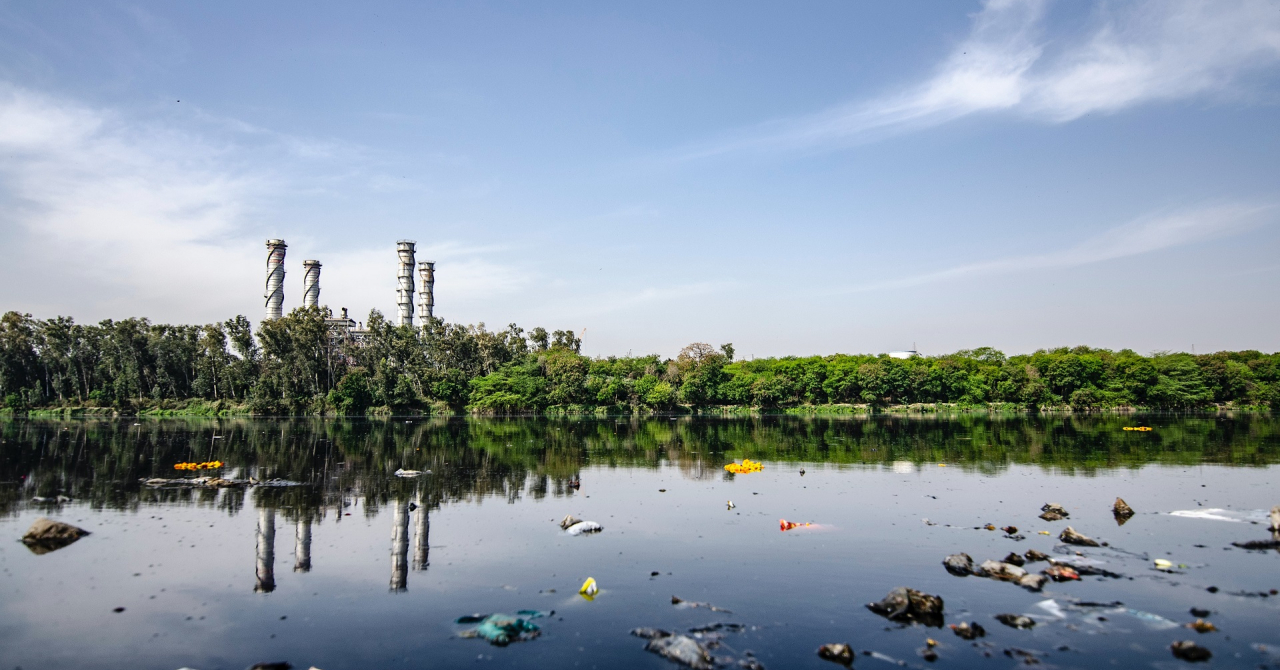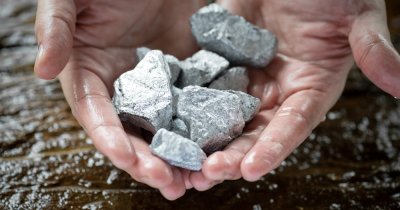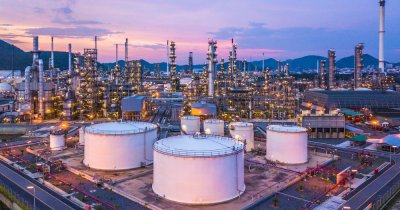There is no global standard for ranking polluting industries, and ecojungle.net used the following methodology to establish this ranking of the most polluting industries:
The amount of risk that industrial waste poses to the estimated 8 billion people around the world today and the risk it poses to future generations.
To accurately calculate the degree of risk, ecojungle.net has assessed each of the types of pollution to determine the risk they pose.
Air pollution poses the greatest threat to human life. According to the WHO, air pollution is likely to kill around 7 million people in 2021. According to another study, air pollution is responsible for the growing number of COVID-19 deaths.
There is also evidence that water pollution is responsible for many deaths worldwide. WHO estimates that polluted water causes about 500,000 deaths each year. Billions of tonnes of plastic dumped in the oceans also lead to animal deaths. The number of deaths caused by soil, light and noise pollution is relatively low. For example, long-term exposure to noise causes 12,000 premature deaths a year.
So water and air pollution are the main factors that influence our list.
Top 5 polluting industries
1. Energy
It should come as no surprise to any of us that the energy industry tops this list. It contributes almost 30% of greenhouse gases. We depend on fuel to carry out our daily tasks, such as charging our phones and flying long distances. We also need oil and coal to make products like plastics and medicines.
The final agreement of the United Nations Climate Change Conference 2021, held at the SEC Centre in Glasgow, explicitly mentions coal as the most important contributor to climate change. The 197 participating countries have agreed to "phase out" the use of coal-fired energy. More than 140 countries agreed to reach net-zero emissions.
Population growth has contributed to increased demand for oil worldwide. In 2006, we consumed 85 million barrels a day. By 2019, oil consumption has reached 1000.3 million barrels per day. In 2020, however, it declined slightly due to the COVID-19 pandemic.
However, the International Energy Agency predicts that the industry could recover about 60% of lost oil demand in 2020 and 2021. It expects global consumption to increase by at least 5.4 million barrels per day. This should bring average daily consumption close to 100 million barrels this year.
To reduce the risk we should:
- Use renewable energy
- Seek sustainable energy options
2. Transport
Transport contributes more than 20% of carbon emissions. It is divided into two parts:
commercial freight transport: 40%.
Passenger transport: 60%.
Many people now own cars, and passenger vehicles emit an average of 4.6 tonnes of CO2 per year. This makes travel a significant threat to the environment.
Here's what we can do to minimise the environmental impact of transport:
- Limit international travel
- Use alternative means of transport where possible
- Use public transport
3. Agriculture
We rely mainly on agriculture for food. Due to the ever-increasing world population, the demand for meat and dairy products is growing.
The unfortunate reality is that agriculture contributes between 13 and 18% of global greenhouse gas emissions. Agricultural emissions are mainly nitrogen oxide and methane. These gases come mainly from cows.
Another problem contributing to global pollution is deforestation and burning of land for agriculture. People engage in deforestation to find fertile land. In the process, they reduce the soil cover needed to sustain the natural carbon cycle. As a result, we have more carbon in the atmosphere than we need. More than 100 countries have pledged to reverse deforestation by 2030. The US and China have pledged to work together to reduce methane emissions and conserve forests.
What we can do:
- Reduce meat consumption
- Stop deforestation
4. Fashion industry
The fashion industry directly and indirectly employs millions of people worldwide, but threatens human existence. If you add its carbon dioxide emissions to the mass of waste clothes people throw away, you will understand why this industry is on this list.
Consider that the fashion industry currently produces 10% of global carbon emissions. The problem is that most low-quality materials are often made in countries that rely excessively on coal and gas, and many clothes end up in landfill too quickly before they are no longer fit to wear.
We can do the following to prevent this trend:
- Buy clothes less often
- Buying high quality clothes that last over time
- Buying second-hand clothes
5. Retailing food
Our ever-growing population has caused a considerable gap between food supply and demand. Ironically, we waste several tonnes of food every day. In the UK, for example, people waste up to 1.9 million tonnes of food every year.
Around the world, food retailers waste a lot of packaging every day. This increases plastic pollution, one of the main causes of the deaths of thousands of marine mammals. Cows, whale species, dolphins and porpoises are some of the animals that consume plastic and die after a short period of time.
So we should do the following to reduce this risk:
- Stop using plastic packaging
- Use reusable bags
- Shop in supermarkets with a focus on sustainability
Rely on the above industries for food, clothing, shelter and more. However, we should focus on getting these essentials without jeopardising the future of humanity. To achieve this goal, we should devise the best eco-friendly solutions and implement the suggestions in the article.
 Florin Cașotă
Florin Cașotă












Any thoughts?